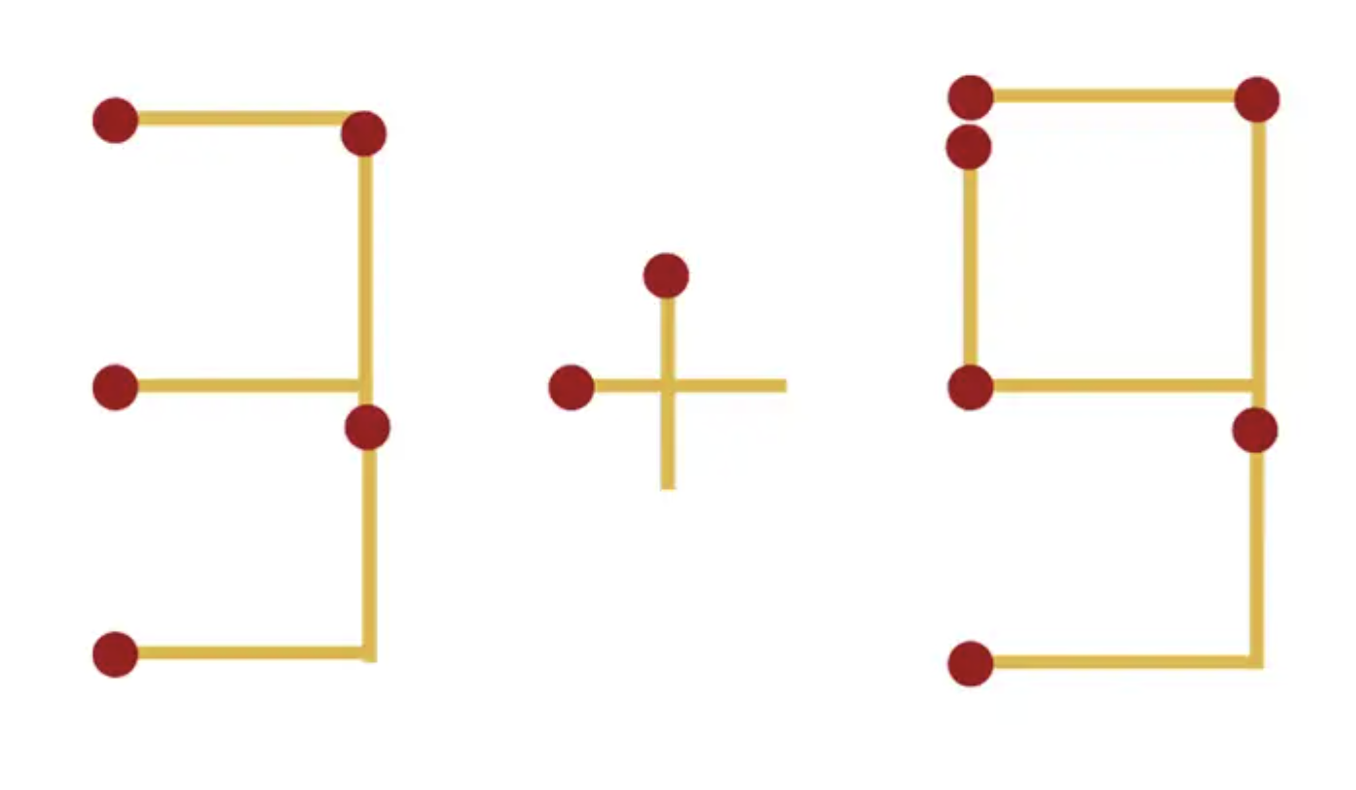Case Study: New Scientist Puzzle Column
Organisations involved: New Scientist magazine
Case study written by: Rob Eastaway
Intended audience: New Scientist’s readership is heavily centred on the scientific community, but the magazine is read by a diverse adult audience who are interested in science. More than half of the readership is overseas (particularly the USA). The magazine is taken by many school libraries, and is probably read by thousands of UK teenagers during term time.
Maths content: The puzzles are pitched at a mathematically literate audience, but do not assume knowledge of A Level maths.
Audience group: Young Adults, Sixth Form or Junior College, University Students, Adults, Retired
Audience interest level: Engaged, Expert
Topics: Puzzles, Problem Solving
Background
New Scientist ran a column called ‘Enigma’ for over 30 years. Enigma was axed in 2013, the editor commenting at the time that it had become ‘a minority pursuit’. A glance through the later Enigma puzzles shows why it had fallen out of favour: the problems were contrived, long-winded with few ‘aha’ short cuts, and (for the lay reader) dull. Too many of them involved searches for a professor’s telephone number that had some combination of prime/square/palindromic properties. Enigma had got to the stage where puzzles were being published in the hope that ‘maybe somebody out there enjoys these things’. I would be surprised if more than a couple of hundred people seriously attempted Enigma each week.

In 2019 the magazine went through a redesign, and the new editor wanted to bring back a puzzle page. I was approached because of my previous involvement with New Scientist. The Features Editor and I discussed what ‘type’ of maths puzzle might be introduced. We knew that it needed to have much broader appeal than Enigma and we agreed a baseline condition: the magazine should only publish puzzles that at least two New Scientist journalists (who are generally NOT mathematicians) would want to have a go at themselves. After all, if the New Scientist staff don’t care about the content, why should their readers?
Other criteria we agreed on were:
- Make the puzzles look as little like a school maths question as possible (achieved, for example, by wrapping the problem in a whimsical setting)
- Puzzles should occupy a mathematically competent reader for at least five, and preferably 15 minutes.
- The lay-reader should feel enticed to ‘have a go’ even if they don’t get the solution.
- Puzzles should ideally have only one solution. Avoid puzzles of the ‘how many ways can you find…?’ type.
- Where possible, puzzles should involve some humour and have surprising answers.
- Have diversity in the names and genders of the characters that feature in the puzzles.
Implementation

We have reached out to numerous people in the maths community in the hope of building a diverse pool of puzzle setters. Most puzzles that are submitted need a little work, to tighten the wording or meet the criteria above. All puzzles are tested out on members of an informal network of puzzle enthusiasts. A puzzle will not be accepted in New Scientist unless it is ‘liked’ by the features editor, by me, and at least one member of the checker-network.
Evidence and Recommendations
There is no formal feedback on the New Scientist puzzle, but the column seems to have gone down well with New Scientist readers (one measure of this is the absence of complaints!)
New Scientist’s readership does not include many maths teachers, but I frequently share the puzzles on Twitter and they are popular, more than 10% of views resulting in engagement. A couple of the puzzles have had over 10,000 engagements on Twitter. The puzzles often generate Twitter discussion, from maths teachers and the wider community.
The relative popularity of the New Scientist puzzles compared to (say) the now defunct Puzzle for Today (on Radio 4’s Today programme) emphasises to me that, when attempting to reach an audience beyond the classroom, it’s important for puzzles to have an engaging or humorous context, and to involve ‘interesting’ mathematical ideas, rather than routine procedures.
More information
Puzzles up till June 2020 were published on New Scientist’s website, though I believe a subscription is needed to read the full puzzle and the solution.
I wrote a blog about the difference between ‘puzzles’ and ‘maths questions’ which is relevant.